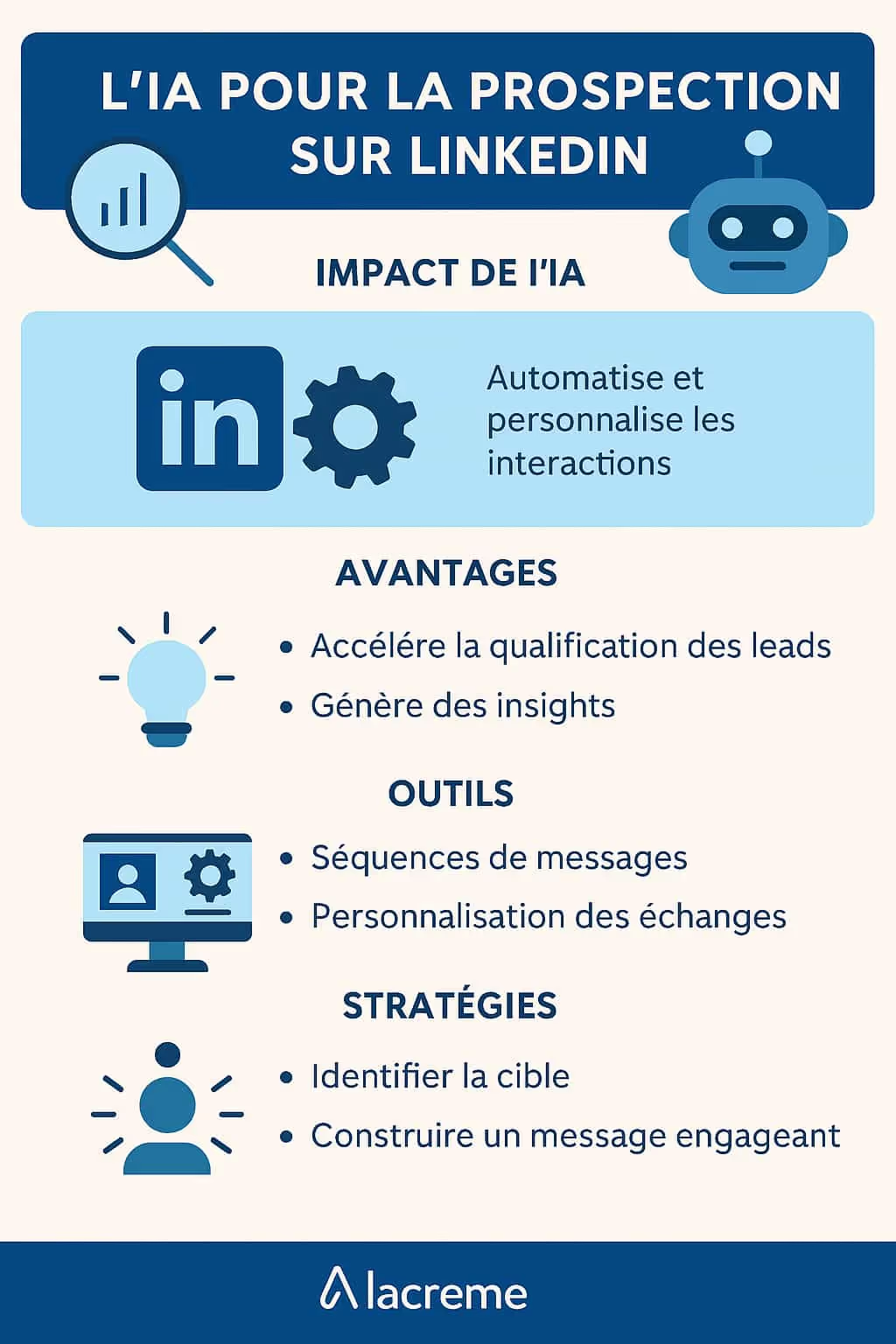IntroductionThe digital age is evolving at breakneck speed, and with it, the crucial role of automation andartificial intelligence (IA) in the professional environment. Today, in 2024, these technologies are no longer just advanced tools, they have become indispensable partners in almost all sectors of activity. Whether to increase efficiency, reduce costs or stimulateinnovation, AI-based automation is transforming the way we work. In this article, we explore AI software the most efficient for automation, essential for any business that wants to stay at the forefront of technology.
Understanding Automation through Artificial Intelligence
AI-based automation is the use of intelligent systems to perform tasks without human intervention. This ranges from simple data analysis to complex decision making. The core of this revolution is based on algorithms capable of learning and to adapt. The benefits? One increased productivity, a reduction in human errors, and an ability to process massive volumes of data at unparalleled speed. For businesses, that means smoother operations, a better understanding of market trends, and ultimately, a significant competitive advantage.
Criteria for Selecting the Best AI Automation Tools
Choosing the right AI automation tool is no easy task. Here are the criteria we considered for our selection:
- Features: Ability of the tool to meet a variety of automation needs.
- Rates: Does it offer good value for money?
- Ease of use: Is it accessible for non-technical users?
- Support and community: Does the tool have good support and an active community?
- Integration and compatibility: Can it be easily integrated with other existing tools and systems?
Overview of the Automation Tools Market in 2024
The AI automation market is booming, with new players emerging regularly. In 2024, we are seeing a growing trend towards more intuitive solutions and all-in-one platforms. Here's a look at the tools we consider to be the most influential this year:
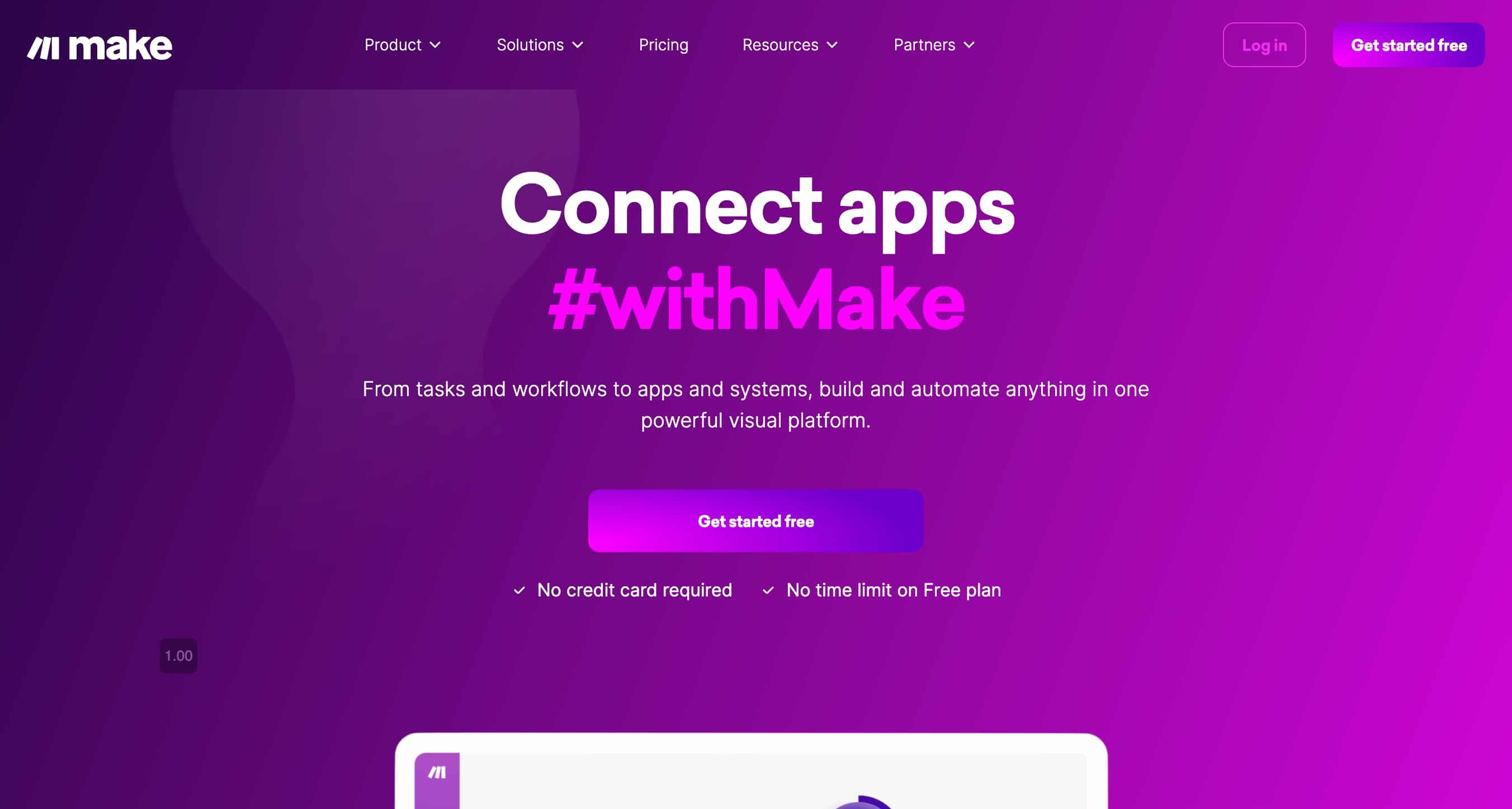
1. Make
Make revolutionizes the automation of workflows thanks to a visual and intuitive nocode platform. This tool makes it possible to create and automate tasks without limits, increasing productivity in various areas such as marketing, sales, and operations. It is characterized by its ease of use, allowing anyone to design workflows without specific development skills. Main features:
- Lead generation and automated sales management.
- Unification of systems for effective data sharing.
- Flexible rates adapted to different business needs.
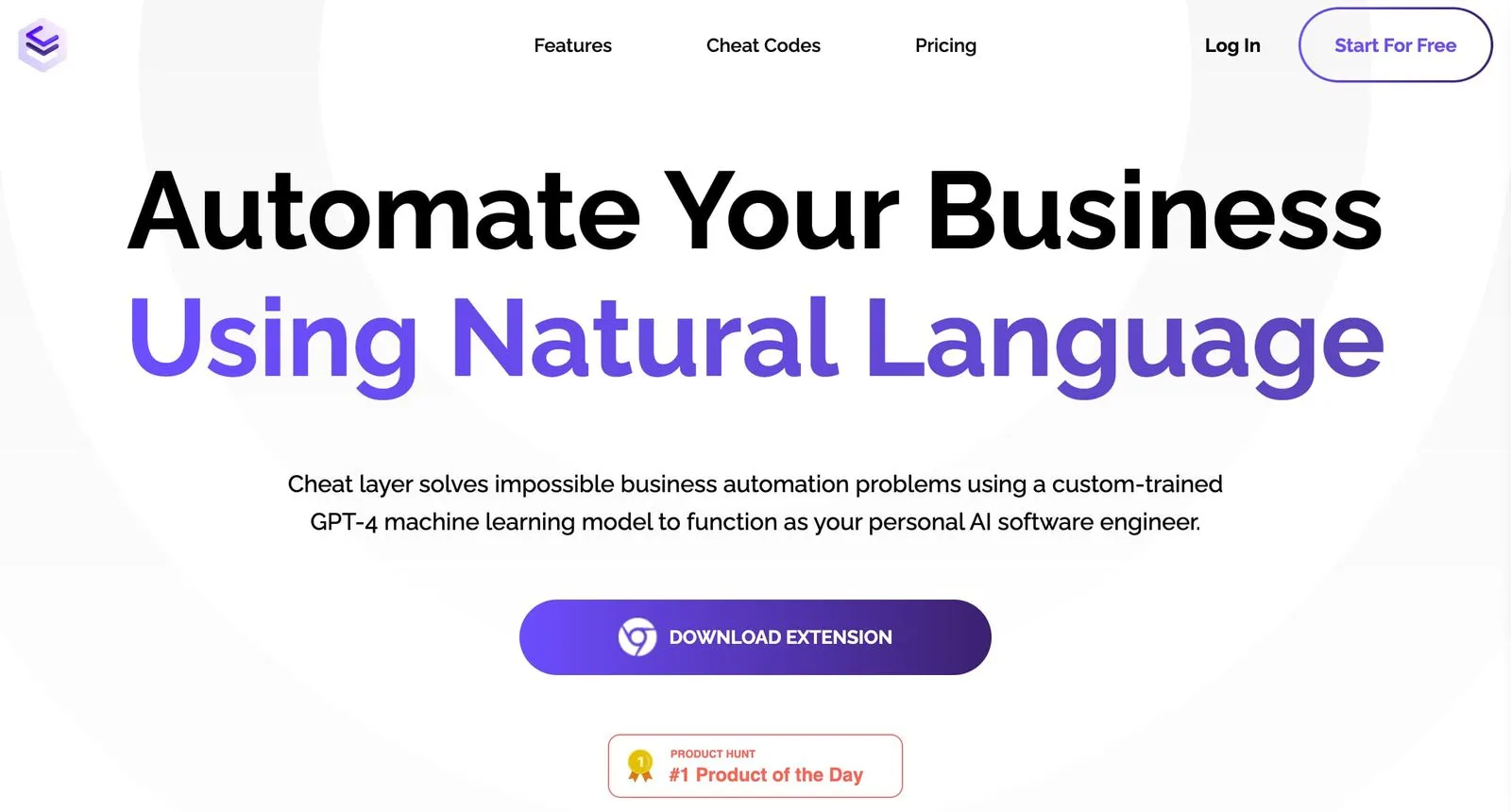
2. Cheat Layer
Cheat Layer uses a GPT-4 model specially designed to automate business tasks in natural language. Its strength lies in its ability to transform simple instructions into complete automations, accessible to everyone through a drag-and-drop interface. Main features:
- Intuitive design of automations using natural language.
- Cheat Codes library for ready-to-use solutions.
- Fast conversion of automations into finished products, without the need for coding.

3. Bardeen AI
Bardeen AI makes automation as easy as sending a message. With the ability to create automated workflows in a few lines of text, this tool specializes indata extraction and the optimization of productivity, by easily integrating into numerous applications. Main features:
- Fast creation of automated workflows.
- Efficient data extraction from various websites.
- Significant improvement in productivity by reducing manual tasks.
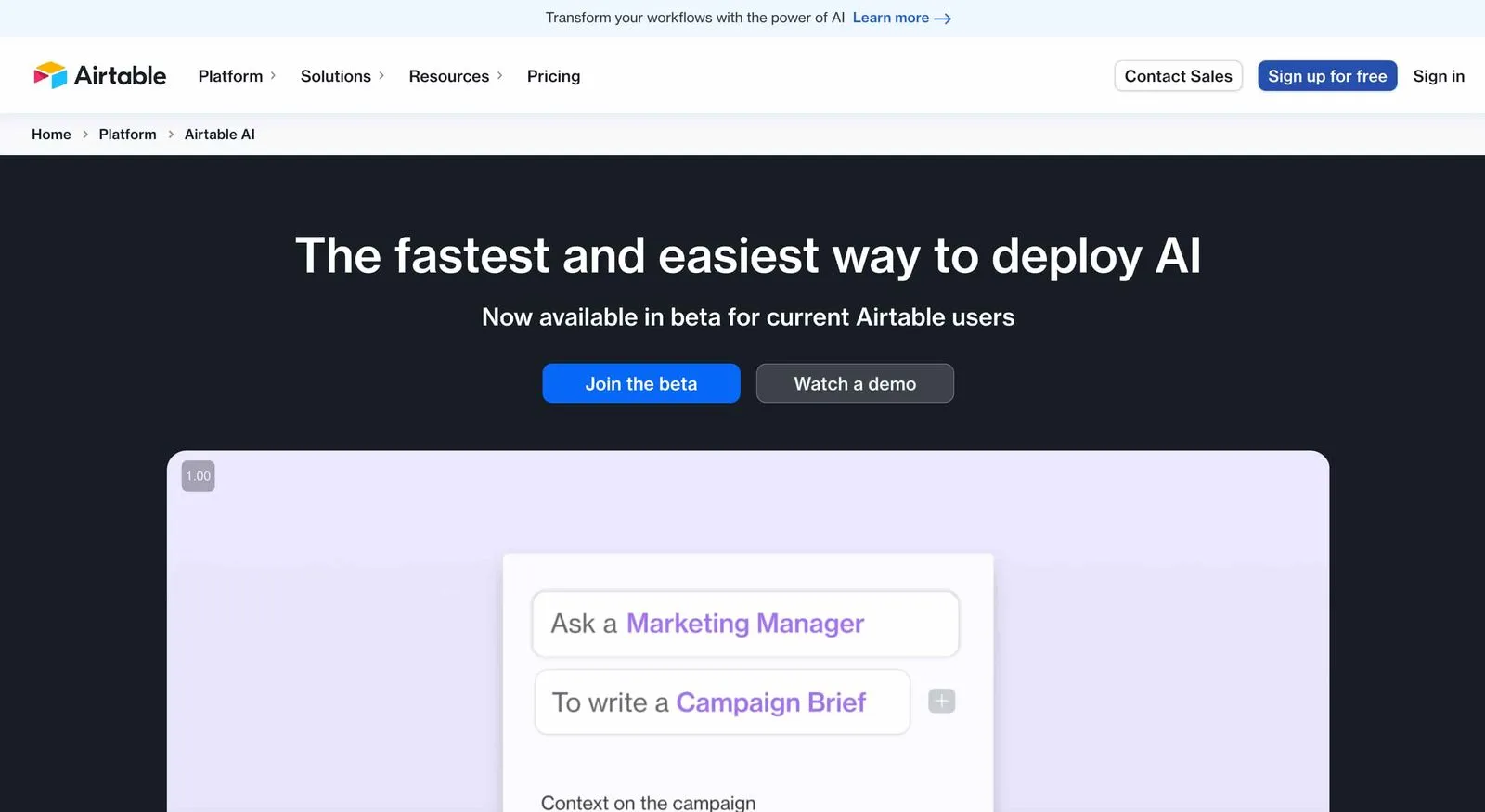
4. Airtable
Airtable brings a new dimension to workflow automation by combining AI and personalization. This tool is distinguished by its ability to create custom applications that can be easily integrated with other tools, and equipped with powerful AI components. Main features:
- Easy customization to adapt the tool to the specificities of each company.
- Dynamic integration with other tools for smooth processes.
- Advanced use of AI for increased efficiency.
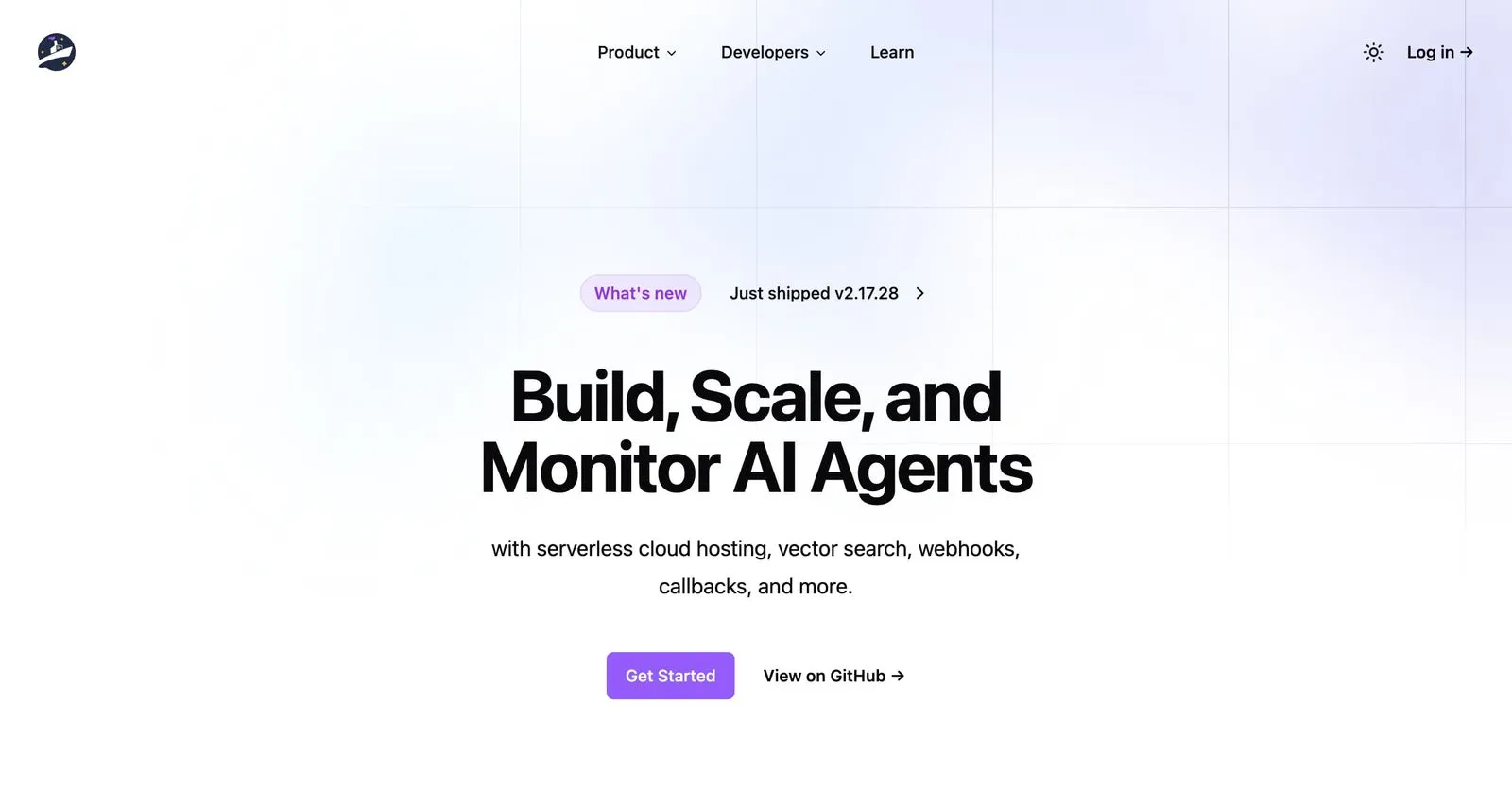
5. Steamship
Steamship offers a platform for building and managing custom AI agents, with a low-code approach. The tool focuses on quickly creating, scaling, and monitoring AI agents, offering exceptional flexibility and scalability. Main features:
- Easily create and customize AI agents with a Python SDK.
- Efficient sizing and management of agent fleets.
- In-depth monitoring of agent performance and behavior.
Integrating AI into Automation: Challenges and Perspectives
The integration of artificial intelligence (AI) into automation is a major turning point in the digital age. This convergence has the potential to radically transform not only how we work, but also how we think about efficiency and innovation in business. The impact of AI is reflected in an increased ability to process and analyze large amounts of data, better personalization of services, and faster and more accurate decision-making. However, this integration also raises important questions: how to ensure an ethical and responsible transition to further automation? How to maintain the balance between technological efficiency and human skills? The future of automation, enriched by AI, promises us significant advances, but also invites us to continue to reflect on these issues.
How to Choose the Right AI Automation Tool for Your Business
Choosing an AI automation tool that's right for your business may seem complex, but by following these steps, you can make this process easier:
- Define your specific needs: Identify the tasks you want to automate and the problems you want to solve.
- Evaluate compatibility and integration: Make sure the tool can be easily integrated with your existing systems.
- Consider accessibility and ease of use: Choose a tool that is accessible to members of your team, regardless of whether they have technical skills or not.
- Review available support and resources: Good customer support and an active community can be crucial in resolving issues quickly.
- Analyze the quality-price ratio: Compare the features offered against the cost to find the best investment for your business.
Conclusion and Looking to the Future of AI Automation
In conclusion, AI-powered automation tools represent a significant advance in the way businesses operate and thrive. By carefully choosing the right tool, businesses can not only increase their efficiency, but also pave the way for new forms of innovation. In the future, we can expect to see even greater integration of AI into various aspects of automation. This could include better personalization, capabilities tomachine learning even more advanced, and a more natural interaction between humans and automated systems. The potential is immense, and there is no doubt that AI automation will continue to shape and redefine the business landscape for years to come.





